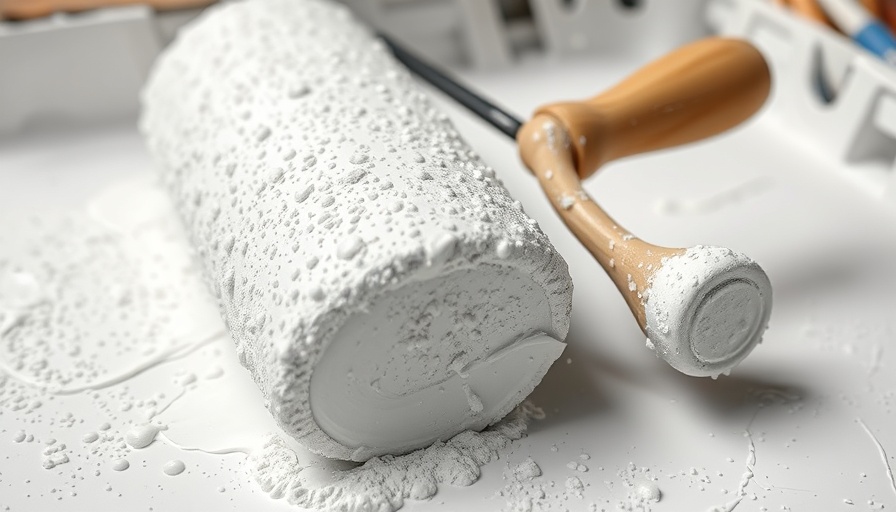
Transform Your Next Painting Project with Ingenious Tips
Painting your home can significantly enhance its appearance, bringing a fresh and inviting feel to any space. However, tackling a painting project often means facing the mess, challenges, and time commitment associated with it. Thankfully, a collection of smart DIY tips can turn these daunting tasks into a manageable and even enjoyable experience. Here, we're sharing some of the best hacks for painting—emphasizing some fun DIY paint roller solutions and clever methods to keep your painting tools in top shape.
Quick & Easy DIY Paint Roller Extension Solutions
Who says you need to spend a fortune on rolling poles? One of the most innovative hacks shared by homeowners is the use of a push broom handle as a DIY paint roller extension pole. Not only is this solution budget-friendly, costing just a few dollars, but it also perfectly fits most standard roller frames. This nifty trick means you can reach those high corners without any fuss, allowing you to complete your painting project more effectively.
Protect Your Painting Tools for Longevity
Keeping your paintbrushes and rollers in tip-top shape is essential for achieving smooth finishes. One top tip involves using a simple drying and storage method for paintbrushes. By cutting a slanted slice in a hook from the handle and hanging it from a coat hanger, you can let the brushes dry while keeping their bristles intact. This technique is especially handy if your painting project spans multiple days.
When your workday is done, consider storing your paint rollers in Lay’s Stax potato chip containers. These cylindrical containers are just the right size to accommodate a standard nine-inch roller. Slide the wet roller inside, seal it up, and you can pick up right where you left off without risking a mess or needing to clean it immediately.
A Unique Approach to Clean & Preserve
Understanding how to clean your brushes correctly can extend their lifespan and maintain their effectiveness. One method involves suspending your brush in a jar of solvent, with the bristles submerged but not touching the bottom. For water-based paints, use water, while oil-based paints require mineral spirits. This self-cleaning trick keeps fumes out of your living space and ensures that the paint doesn’t dry on the bristles.
Additionally, to ensure your brush stays fresh during breaks, wear disposable nitrile gloves. This way, you can pull the glove over the bristles, keeping air out and preventing them from drying out—making it easier to return to the painting task at hand.
Why These Tips Matter
Every homeowner can benefit from knowing these DIY painting techniques, especially in homeowners across Southeast Michigan. Not only do these hacks save money and reduce waste, but they also enhance skills and confidence in taking on DIY projects. Being prepared with the right tools and tips allows for a smoother painting experience, reducing frustration and improving results.
If you're looking to refresh your home and make those paint projects more enjoyable, consider these creative DIY painting solutions. Remember, even a small change can make a significant impact. Whether it’s a simple paint refresh or a big DIY project, embrace the adventure and let your creativity shine!
 Add Row
Add Row  Add
Add 




Write A Comment